Medline Expands Surgical Suite Product Portfolio With Proxy Biomedical Surgical
 Medline Industries, Inc., the nation’s largest privately held manufacturer and distributor of healthcare supplies, announced today the signing of an exclusive agreement with Proxy Biomedical Limited to distribute its surgical mesh biomaterials for the repair and reinforcement of tissue. The agreement includes MotifMESH® and VitaMESH® products for the repair and reinforcement of hernia and other fascial defects requiring additional support of a non-absorbable implant during and after wound healing.
Medline Industries, Inc., the nation’s largest privately held manufacturer and distributor of healthcare supplies, announced today the signing of an exclusive agreement with Proxy Biomedical Limited to distribute its surgical mesh biomaterials for the repair and reinforcement of tissue. The agreement includes MotifMESH® and VitaMESH® products for the repair and reinforcement of hernia and other fascial defects requiring additional support of a non-absorbable implant during and after wound healing.
“This exciting venture is another enhancement to our growing line of surgical suite products that provide both clinical and economical value to our customers,” said Marc Lessem, divisional vice president, Medline. “Our partnership in the hernia repair market is consistent with this strategy and we expect to use this as a foundation for developing an even more robust product offering.”
Ventral hernia repairs account for approximately 420,000 hernia repair operations annually in the U.S.1 When a ventral hernia occurs, it usually arises in the abdominal wall where the muscle has weakened or where a previous surgical incision was made.2
MotifMESH® is an ideal mesh for ventral hernia repair because it is made from a unique “condensed” polytetrafluoroethylene (cPTFE) polymer. It has a macroporous structure which allows rapid incorporation into the abdominal wall while offering a reduction in adhesion formation to the cPTFE surface. It is the thinnest mesh available for ventral hernia repair at nearly 10X thinner than the two most commonly promoted intra-abdominal meshes.
More common than ventral hernias are inguinal (or groin) hernias, which account for approximately 700,000 hernia operations annually in the U.S.3 Statistically, the lifetime chance of having an inguinal hernia is 27 percent for men and 3 percent for women.4 The surgical operation is intended to repair a protrusion of abdominal-cavity contents occurring through the inguinal canal. VitaMESH is a strong, lower weight, transparent and easy to manipulate condensed polypropylene material making it a perfect choice for both laparoscopic and open hernia repairs. It is comprised of large interstices providing excellent visibility through the mesh forming a strong, fibrous wall.
“We believe our technology advances care in this market space, and we have sought a national distribution strategy to deliver our message. Worldwide, surgeons have successfully implanted over 10,000 of our surgical mesh devices,” commented Peter Gingras, managing director, Proxy Biomedical. “Medline provides us with a professional sales organization and the logistical infrastructure needed to provide optimal service. Together, we expect to provide a full line of clinically effective hernia repair products.”
1 U.S. Markets for Soft tissue repair 2008. September 2007. Millennium Research Group.
2 Patient Information for Laparoscopic Ventral Hernia Repair from SAGES. Mar. 2004. Society of American
Gastrointestinal and Endoscopic Surgeons (SAGES). 7 June 2010 (https://www.sages.org/publication/id/PI10/).
3 Rutkow I M. et al. Demographic, classificatory and socioeconomic aspects of hernia repair in the United States.
Surg Clin North Am. (1993); 73: 413-426. [PubMed]
4 John T Jenkins, Patrick J O’Dwyer (2008). “Inguinal hernias.” BMJ 336: 269-272.
doi:10.1136/bmj.39450.428275.AD.


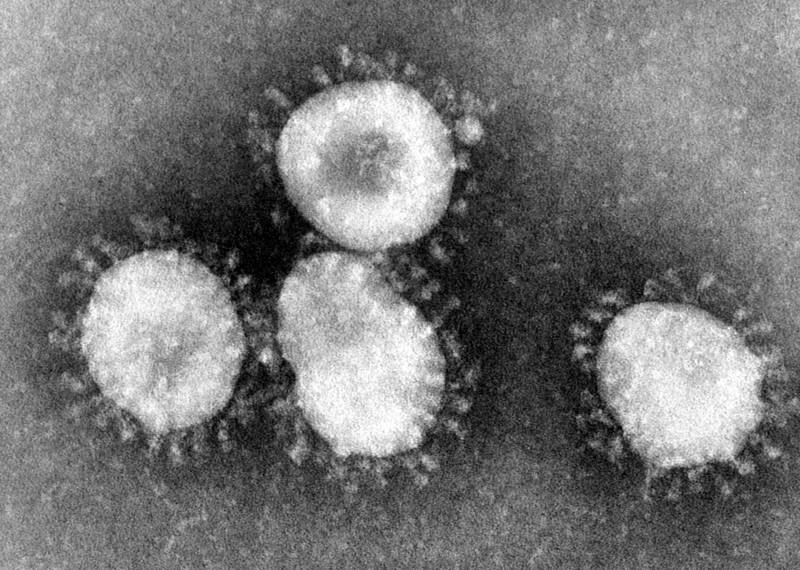

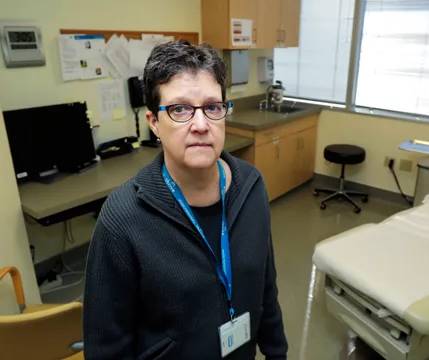

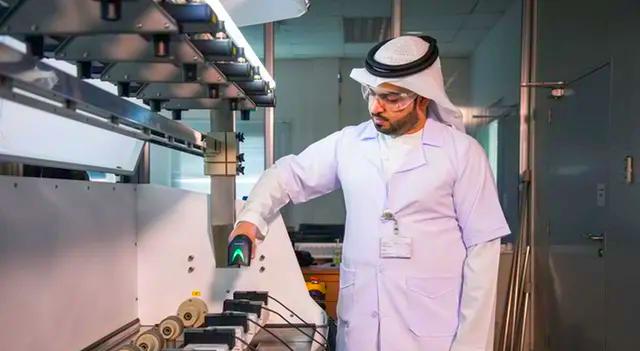
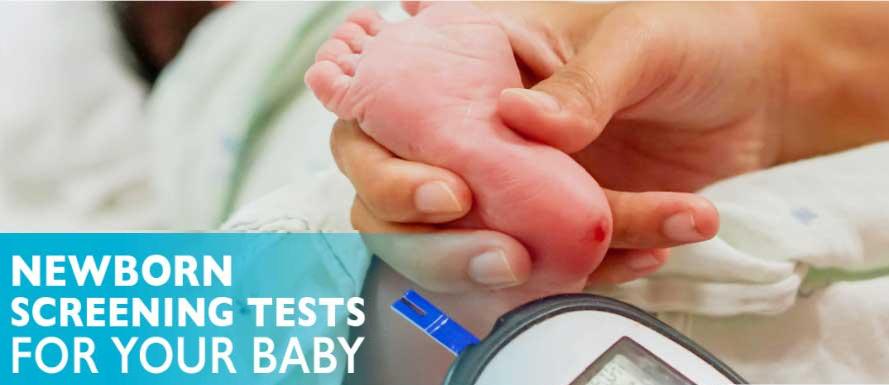

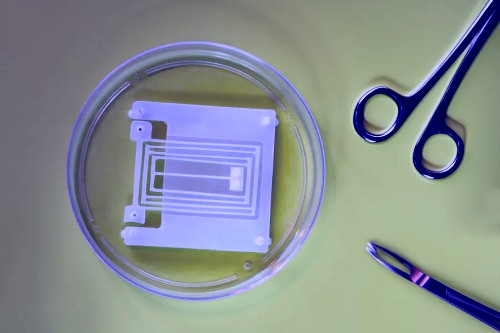
Post Comment
You must be logged in to post a comment.